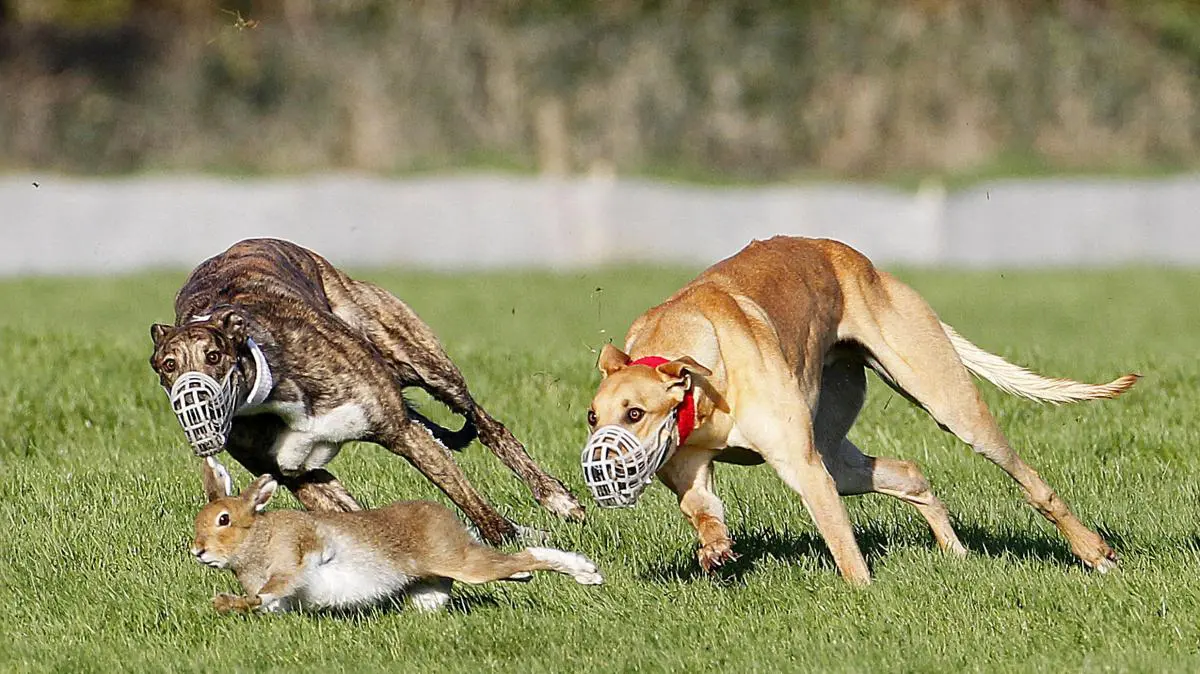Dog & Hare Race
dog racing, also called greyhound racing, the racing of greyhounds around an enclosed track in pursuit of an electrically controlled and propelled mechanical hare (rabbit). Dog racing is a 20th-century outgrowth of the older sport of coursing, in which dogs hunted by sight rather than scent. competitive activity in which dogs are tested on their ability to run, overtake and turn a hare, rather than a form of hunting aiming at the capture of game. It has a number of variations in its rules around the world. Coursing can also be a form of hunting or pest control. It is a long-established hunting technique, practiced historically in England, especially with greyhounds or sighthound breeds, or with lurchers which are crossbred sighthounds.

History
Whether for sporting or hunting purposes, hare coursing was in Europe historically restricted to landowners and the nobility, who used sighthounds, the ownership of which was at certain historic times prohibited among the lower social classes.
The oldest documented description of hare coursing is the work known in English as On Coursing. It was written by Arrian a Greek historian of the Roman period, circa 180 AD and is known in Ancient Greek as Kynegetikos and in Latin as Cynegeticus. Arrian felt compelled to describe the sight hunt and sighthounds because the Ancient Greeks only knew the scent hunt; On Coursing complements Xenophon’s classic work on that subject, Cynegeticus (On Hunting). William Dansey, an English clergyman, translated On Coursing in 1831.
It is from Arrian that the most famous quote on the sporting fairness of coursing originates: “… true huntsmen do not take out their hounds to catch the creature, but for a trial of speed and a race, and they are satisfied if the hare manages to find something that will rescue her
